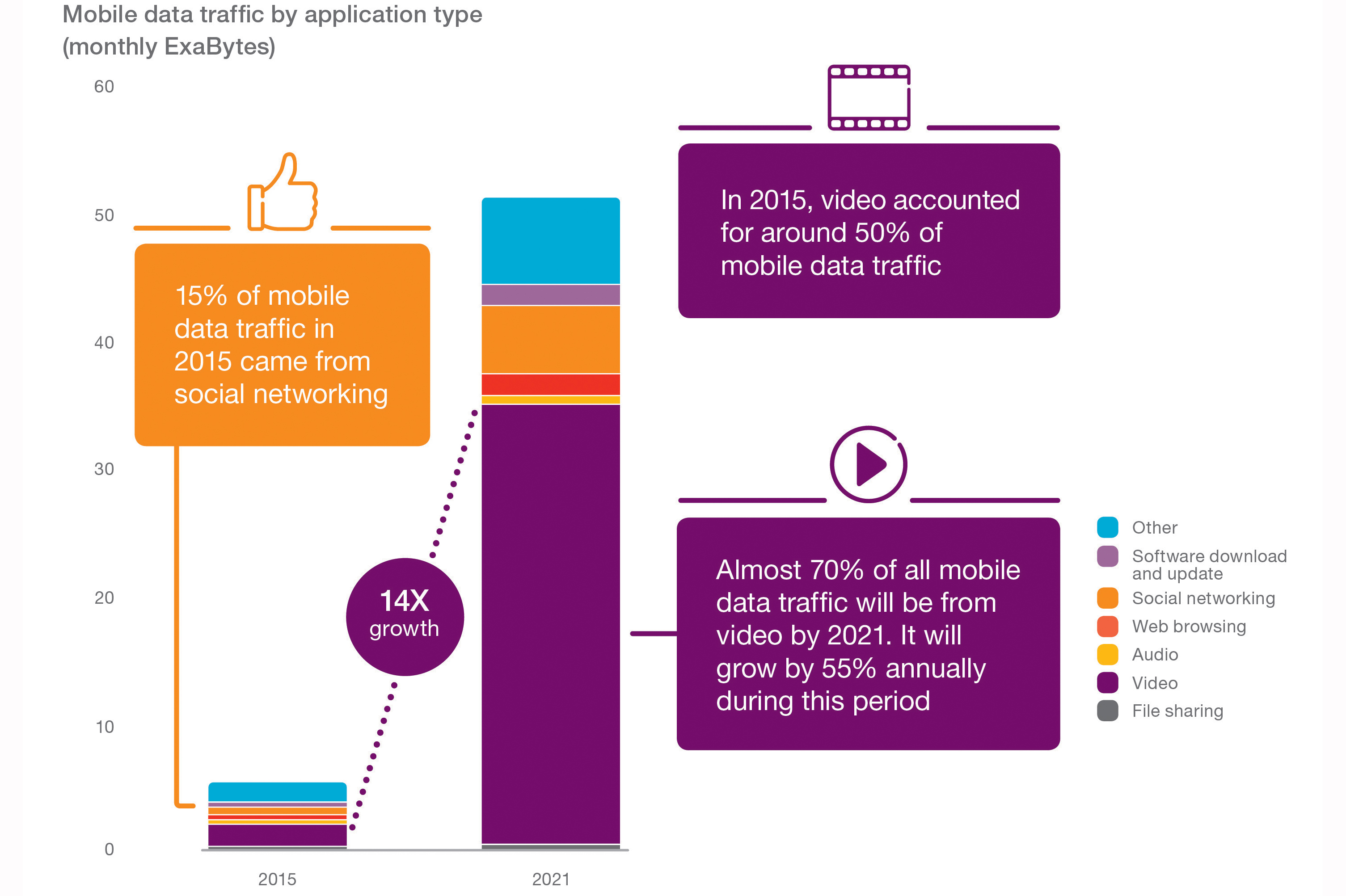
Almost a quarter of Europeans watch streamed on-demand content on a daily basis, 50 per cent watch such content weekly, and a third of young people watch video content before they get out of bed. These are among the findings from Ericsson’s Mobility Report which analyses data traffic, provides measurements from live networks around the globe, and offers insights into current traffic and market trends.
On-demand viewing is taking a central role among European consumers, and its share of viewing time in Sweden, Italy UK, Ireland and Russia now exceeds 30 per cent, according to the report. On-demand viewing is no longer limited to shorter video clips. In Ireland, Spain and Russia for instance, the time spent watching on-demand movies, series and TV programmes weekly is more than six hours.
New behaviours like place-shifting have emerged where consumers start watching content in one place or on one device, and finish the viewing elsewhere. Twenty per cent of Europeans have switched screens at least once in the past 30 days while watching video.
Television prime-time is being redefined, with the younger generation playing a driving role, and two out of three people under the age of 25 watch TV or video content in bed before falling asleep, and one in three before they get out of bed in the morning.
On a global scale, on laptop, tablet and smartphone, the share of video traffic has increased continuously compared to similar traffic measurements in 2012. The report found that average values from measurements in a selected number of commercial HSPA and LTE networks in Asia, Europe and the Americas show that regardless of device type, video is the largest contributor to traffic volumes (40–55 per cent).
YouTube still dominates video traffic in most mobile networks and accounts for between 50–70 per cent of total video traffic for almost all measured networks. In markets where Netflix has launched services, its share of video traffic can reach 10–20 per cent of total mobile video traffic. Smartphone viewing continues to be driven by shortform content, however streaming VoD services is also increasing, with 20 per cent of viewers now watching longer on-demand content, such as TV series and movies, on a smartphone.
“Currently, there are as many mobile subscriptions as people in the world, and every second, 20 new mobile broadband subscriptions are activated,” commented Rima Qureshi, senior vice president, chief strategy officer, Ericsson, in the report. “In addition to the increase in subscribers, data consumption also continues to rise. Consequently, mobile data traffic in Q3 2015 was 65 per cent higher than in Q3 2014, largely driven by increased video consumption on mobile devices. Almost 70 per cent of all mobile data traffic will be from video by 2021.”







